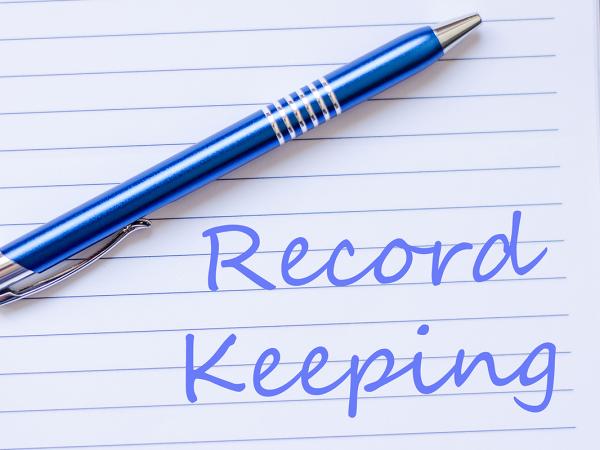PAYE Paper filing
The information on this page is for you if have agreement from HMRC to be able to file on paper. You can find out about who qualifies for paper filing, on our filing options page.

Content on this page:
Introduction to paper filing
Paper filing refers to a series of paper forms and processes that are used by an employer to give HMRC information about employee events (e.g. them joining/leaving) and the payments made to them. The forms and processes are aligned with the requirements of the Real Time Information (RTI) system, as far as possible.
RTI paper process submissions
The RTI paper process involves completing a form each quarter for each employee that you have paid, giving the employee’s personal details and PAYE pay and deductions. This form is called RT2 – Full quarterly payment summary.
It contains sections like:
- your employee’s personal details
- your employee’s starter information
- your employee’s payment details
- your employee’s pay and deductions
- your employee’s leaver information.
You only need to answer the sections that are appropriate to your employee’s circumstances.
RT2 must reach HMRC by 19 July (for the quarter 6 April to 5 July), 19 October (for the quarter 6 July to 5 October), 19 January (for the quarter 6 October to 5 January), and 19 April (for the quarter 6 January to 5 April) each year.
There may be another form to complete to accompany the RT2 (or, occasionally, to send instead of an RT2) called RT5.
Use the RT5 – Employer payment summary to tell HMRC that you have not paid anyone in a particular quarter (here you would send an RT5 instead of an RT2) or need to claim the Employment Allowance or recover a statutory payment, like Statutory Maternity Pay for example (for these things you would send an RT5 as well as an RT2).
Note: there used to be a form RT3 and a form RT4, however these have been withdrawn.
There is a guide to completing the RT2 and RT5 forms. The guide is called RT6.
There is also RT7 – Guidance for employers exempt from filing Real Time Information online: this help book contains step-by-step guidance which has been specifically produced to help you understand:
- your responsibilities and obligations as an employer
- how to send your payroll information to HMRC
- what forms to fill in and when
- how and when to pay HMRC
- where you can get more help and support.
Finally, there is the RT11 – Deductions working sheet: you complete the relevant quarterly forms using information that you have recorded on this form. You prepare and maintain one of these for each employee and use it to keep a record of all the payments you make and calculate the tax and NICs to deduct from these payments.
HMRC should send you the forms and guides you require. Should you not receive them, call the Employer Orderline. Note that the forms and guides are not available from the GOV.UK website. They are only available to those employers who HMRC have agreed can use paper forms from HMRC directly.
Phone HMRC’s employer helpline if you need help with any of the forms or guidance.
Universal Credit/tax credits and RTI paper process
One of the objectives of RTI is to support the welfare benefit universal credit. Therefore, you will need to tell your employees if you are a paper filer. If they claim universal credit, they will need to report their earnings from you to the Department for Work and Pensions (DWP) themselves each month. This is because this information will not be received automatically by DWP from you via RTI submissions in the same way that it would be from online filers. The employee’s reported earnings will be checked with the information you provide each quarter to ensure their Universal Credit payments are correct.
You can find out what you need to be aware of regarding Universal Credit and other welfare benefits from an employer’s perspective on our separate page.



